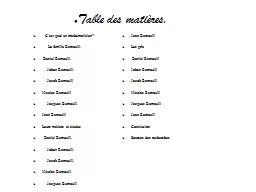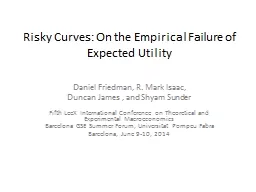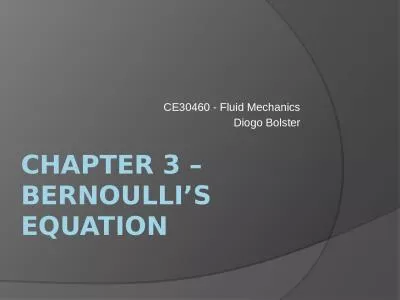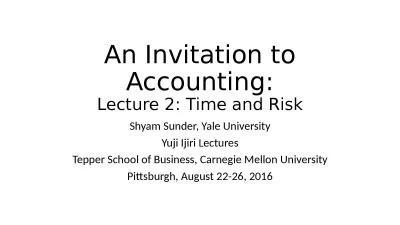PPT-Bernoulli’s Principle Background
Author : tatyana-admore | Published Date : 2018-03-01
Daniel Bernoulli was a Swiss scientist 17001782 who analyzed the pressures involved with fluids He found that stationary fluids such as air and water exert pressure
Presentation Embed Code
Download Presentation
Download Presentation The PPT/PDF document "Bernoulli’s Principle Background" is the property of its rightful owner. Permission is granted to download and print the materials on this website for personal, non-commercial use only, and to display it on your personal computer provided you do not modify the materials and that you retain all copyright notices contained in the materials. By downloading content from our website, you accept the terms of this agreement.
Bernoulli’s Principle Background: Transcript
Download Rules Of Document
"Bernoulli’s Principle Background"The content belongs to its owner. You may download and print it for personal use, without modification, and keep all copyright notices. By downloading, you agree to these terms.
Related Documents






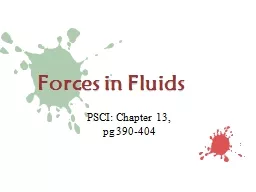
![L 15 Fluids [4] Fluid flow and Bernoulli’s principle](https://thumbs.docslides.com/655029/l-15-fluids-4-fluid-flow-and-bernoulli-s-principle.jpg)



